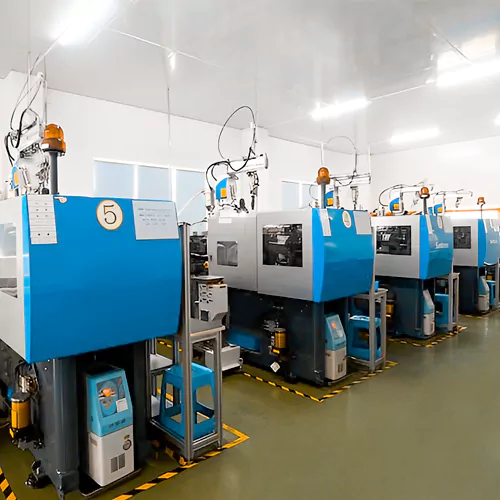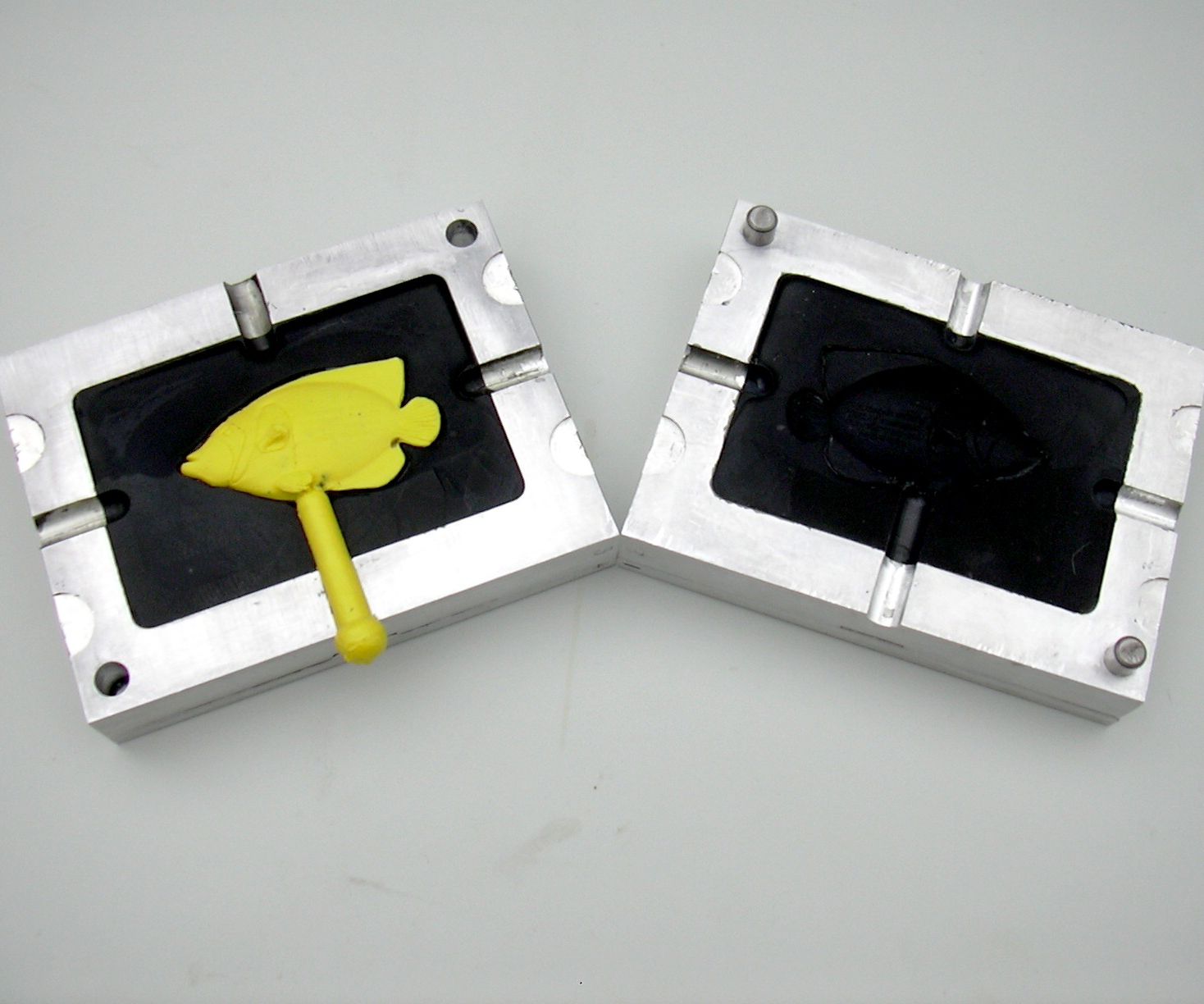Plastic Injection Molding: A Comprehensive Guide to Modern Production Techniques
Plastic Injection Molding: A Comprehensive Guide to Modern Production Techniques
Blog Article
Comprehending the Essentials of Plastic Shot Molding Processes
Plastic shot molding offers as a keystone of modern production, offering a methodical approach to producing complicated components with accuracy. Discovering these vital elements might expose just how even small changes can lead to significant enhancements in manufacturing outcomes, elevating questions about the capacity for development in this established procedure.
What Is Plastic Shot Molding?
Plastic injection molding is a widely used manufacturing process that transforms thermosetting and polycarbonate materials into specific and complicated forms. This technique is favored for its capability to generate high volumes of the same components with exceptional accuracy, making it an indispensable method in different markets, including auto, durable goods, and clinical devices.
The procedure entails melting the chosen plastic product and infusing it right into a mold under high pressure. The mold and mildew, designed to the specifications of the preferred component, permits the molten plastic to take shape as it strengthens and cools down. Once the material has solidified, the mold and mildew is opened up, and the finished part is expelled.
Plastic shot molding uses numerous advantages, consisting of minimized waste, consistency in manufacturing, and the capacity to include intricate designs that may be challenging with other producing techniques. In addition, it sustains a wide variety of materials, each providing distinct residential or commercial properties that can be tailored for particular applications. As markets remain to innovate, plastic injection molding remains at the forefront, enabling the development of advanced items that fulfill advancing customer needs.
The Injection Molding Process
The shot molding procedure is an innovative method that includes a number of essential stages to generate high-quality plastic parts. Originally, plastic pellets are fed right into a warmed barrel where they are merged a thick fluid. This molten plastic is after that injected under high pressure right into a precision-engineered mold, which forms the material into the preferred kind.
When the mold is loaded, the plastic is permitted to cool down and solidify, taking the form of the mold and mildew tooth cavity. Cooling time is crucial, as it affects the cycle time and the last properties of the shaped part. After enough air conditioning, the mold opens up, and the completed component is expelled using ejector pins.

Products Used in Injection Molding
Different products can be utilized in the injection molding procedure, each offering special residential or commercial properties that deal with certain applications. The most frequently utilized materials include thermoplastics, thermosetting plastics, and elastomers.

Thermosetting plastics, like epoxy and phenolic resins, undertake a chemical modification during the curing procedure, resulting in a stiff, inflexible framework. These products are perfect for applications calling for high heat resistance and architectural integrity, typically made use of in automotive components and electric insulators.
Elastomers, consisting of silicone and rubber-based materials, supply flexibility and resilience. Their special homes make them appropriate for applications that demand flexibility, such as gaskets and seals.
Additionally, specialty products like bio-based plastics and composites are getting grip for their ecological advantages and boosted performance qualities, widening the extent of shot molding applications in numerous sectors. Understanding the residential properties of these products is crucial for selecting the suitable type for particular jobs.
Advantages of Injection Molding
Injection molding stands out as a highly efficient production procedure that supplies countless benefits for creating complicated parts with precision. One of one of the most substantial advantages is the capability to produce elaborate designs that would certainly be tough or impossible to attain with various other techniques (Plastic Injection Molding). The news process enables in-depth functions and tight resistances, making certain high-grade elements
Furthermore, injection molding is recognized for its fast production capacities, making it a suitable option for high-volume production. Once the mold and mildew is developed, components can be created swiftly, decreasing lead times and raising general performance. This efficiency not just lowers production prices yet also gives an one-upmanship in the market.
The flexibility of products used in injection molding additionally improves its appeal. see this website A wide variety of thermoplastics and thermosetting polymers can be employed, enabling manufacturers to choose products that finest fulfill their particular needs, including warm, adaptability, and strength resistance.
Furthermore, the procedure minimizes waste, as excess material can commonly be reused and reused. This sustainability aspect adds to a lowered environmental influence, making injection molding a responsible production selection. Overall, the benefits of injection molding make it a recommended method for numerous markets.
Variables Affecting Product Quality
While many variables can affect item quality in injection molding, understanding these elements is important for attaining optimum outcomes. Trick facets consist of product option, refining criteria, and mold and mildew style.
Product choice plays a crucial function, as various polymers display distinct residential or commercial properties that affect flowability, strength, and thermal stability. Inadequate product selection can bring about issues such as bending or incomplete filling.
Handling criteria, consisting of pressure, cycle, and temperature time, must be diligently regulated. Variants in these settings can cause incongruities partially dimensions and surface coating. Exceedingly high temperatures may create deterioration of the polymer, while inadequate stress can result in short shots.
Mold and mildew style is equally vital, as it figures out the flow of the molten plastic and the cooling procedure. Improperly developed mold and mildews may result in irregular cooling prices, leading to residual stress and anxieties and dimensional mistakes.

Conclusion
To conclude, plastic injection molding Website serves as a crucial manufacturing process that enables the efficient production of high-quality parts. Mastery of the shot molding procedure, consisting of the understanding of products and the influence of different aspects on product high quality, is vital for accomplishing ideal results. The advantages of this approach, such as cost-effectiveness and layout versatility, additional underscore its significance throughout numerous markets, solidifying its status as a recommended selection for high-volume production.
Plastic injection molding offers as a foundation of contemporary manufacturing, giving a systematic method to producing intricate elements with precision.Plastic shot molding provides several benefits, including reduced waste, uniformity in production, and the capacity to integrate intricate layouts that might be challenging with various other producing approaches (Plastic Injection Molding). As markets continue to introduce, plastic injection molding stays at the forefront, making it possible for the advancement of innovative products that fulfill progressing consumer demands
The shot molding process is an innovative method that entails a number of vital stages to generate premium plastic elements.In verdict, plastic injection molding serves as a critical manufacturing process that makes it possible for the effective manufacturing of premium parts.
Report this page